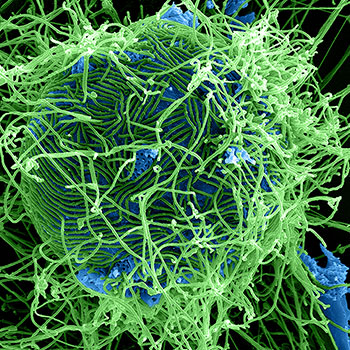How do you solve #(x-4)/(x-7)+(x-5)/(x-6)=(x+164)/(x^2-13x+42)# and check for extraneous solutions?
2 Answers
Explanation:
We have
so it must be
Multiplying by
we get
expanding and collecting
using the quardatic formula we get
Explanation:
Given:
#(x-4)/(x-7)+(x-5)/(x-6)=(x+164)/(x^2-13x+42)#
Note that:
#x^2-13x+42 = (x-7)(x-6)#
So multiplying both sides of the given equation by
#(x-4)(x-6)+(x-5)(x-7) = x+164#
Multiplied out that becomes:
#x^2-10x+24+x^2-12x+35 = x+164#
That is:
#2x^2-22x+59 = x+164#
Subtracting
#2x^2-23x-105 = 0#
Using an AC method look for a pair of factors of
The pair
Use this pair to split the middle term and factor by grouping:
#0 = 2x^2-23x-105#
#color(white)(0) = (2x^2-30x)+(7x-105)#
#color(white)(0) = 2x(x-15)+7(x-15)#
#color(white)(0) = (2x+7)(x-15)#
Hence:
#x=-7/2" "# or#" "x=15#
Note that neither of these values cause a zero denominator in the given rational equation, so they are both valid solutions.


